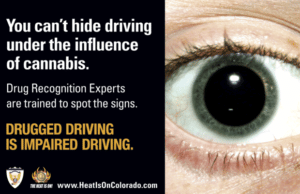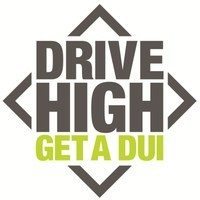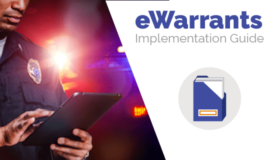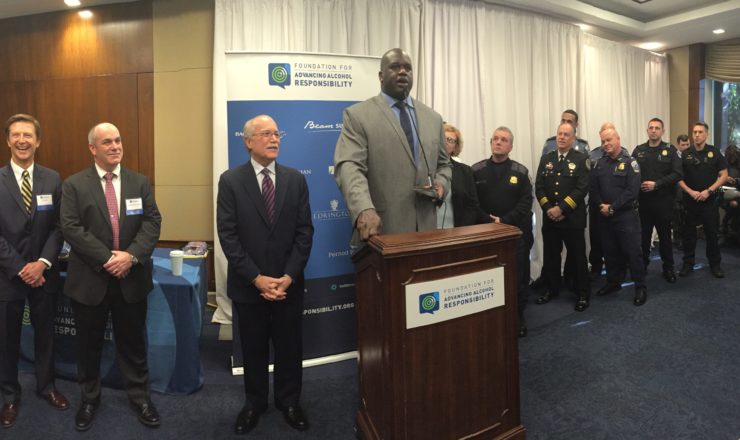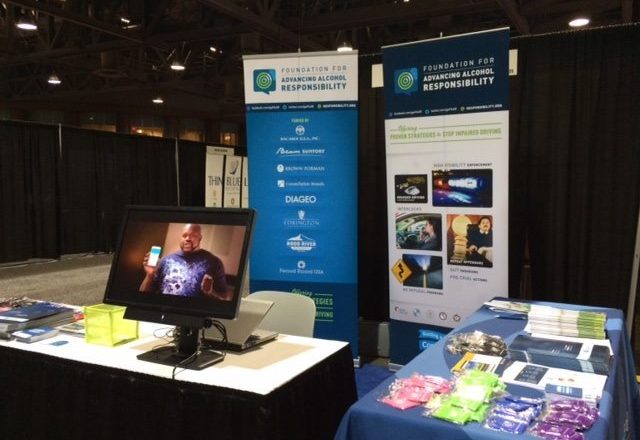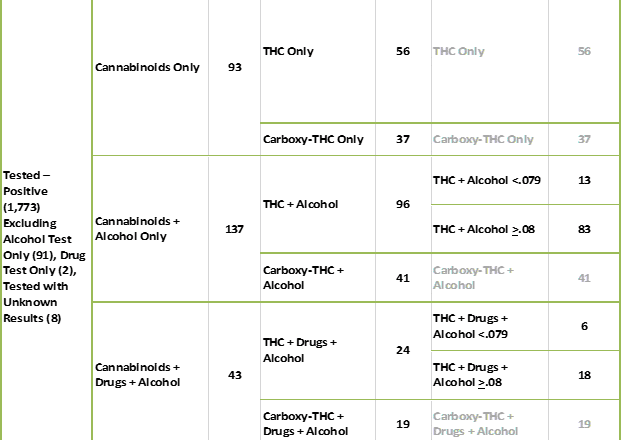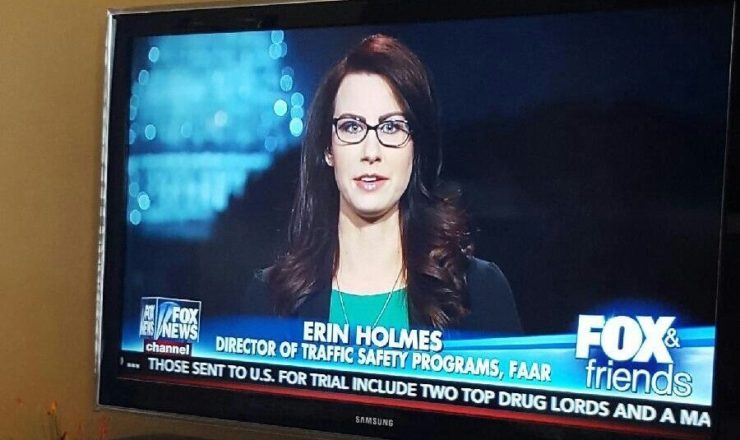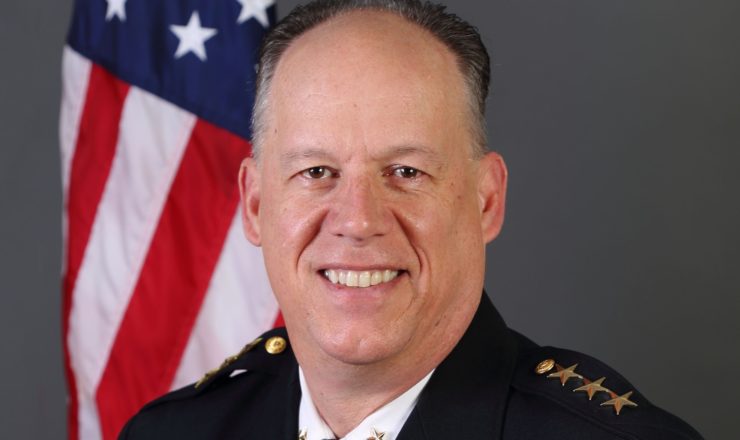Identifying High Drivers at the Roadside
A driver is observed weaving all over the road with inconsistent speed. At roadside, they fumble for their driver’s license and have difficulty understanding questions. When they exit the vehicle, they are unsteady on their feet, their speech is slurred, and the odor of alcohol emanates from their body. They stumble through the Standardized Field Sobriety Test (SFST). A breath test confirms that they have a blood alcohol concentration above the .08 legal limit. This is a drunk driver.
A majority of the public has seen footage of drunk drivers and associate the aforementioned behaviors with alcohol impairment. But how can law enforcement identify a driver who is impaired by drugs as opposed to alcohol?
The ability to detect drug impairment at roadside started back in the 1970s, when the Los Angeles Police Department established the Drug Evaluation and Classification (DEC) Program. The purpose of the program is to train officers to become Drug Recognition Experts (DREs), who are capable of identifying drug impairment. Officers are required to go through three phases of training totaling more than 100 hours before they are eligible to receive DRE field certification.
The DEC program goes beyond the SFST training that most officers receive. DREs use a standardized protocol that allows them to determine whether a suspect is impaired, if that impairment is caused by drugs or can be attributed to a medical condition, and the category of drug(s) that are the cause of the impairment.
Here’s how it works:
If an officer pulls over a suspected impaired driver and determines that alcohol is not the cause of impairment, they can call a DRE to conduct an examination. The DRE will then use the 12-step protocol to make a determination based on the totality of clues or indicators that emerge.
Using marijuana-impaired driving as an example, DREs would commonly report the following clues at roadside:
- odor of marijuana (on person and/or in vehicle);
- red, bloodshot, watery eyes;
- dilated pupils;
- difficulty performing SFSTs and following instructions;
- eyelid tremors;
- body tremors;
- carefree attitude; and,
- slow, lethargic movements.
The presence of several of these clues are indicative of a driver operating a vehicle under the influence of marijuana and provide basis for further testing. When the DRE completes their evaluation, the officer will request that the suspect submit a urine, blood and/or oral fluid sample to be tested at a laboratory for the presence of drugs. The results from the toxicology test can then be used in court to support the DRE’s findings and provide evidence of the presence of an impairing substance.
While blood is the ‘gold standard’ for testing for the presence of drugs, the use of oral fluid testing is becoming more common. Several jurisdictions (e.g., California, Florida, Oklahoma) have explored the feasibility of using oral fluid testing at roadside to serve as a screener for the presence of recent drug use. This option is appealing for a number of reasons; not only is it the least invasive of all drug testing methods, it is also a much faster and easier method of collection. It was announced earlier this week that three counties in Kentucky are testing the use of oral fluid devices to determine their accuracy and reliability.
Of course, marijuana-impaired drivers are not the only cause of concern. With the heroin epidemic and prescription opiate (e.g., hydrocodone, oxycodone, hydromorphone) abuse spreading across large swaths of the country, individuals are driving while impaired by narcotics. DREs are trained to identify a total of seven classes of drugs (including narcotic analgesics and cannabis), and their associated signs of impairment, making them an invaluable resource.
Today, all 50 states, Canada, and the United Kingdom participate in the DEC program. But not every jurisdiction in the country has an officer trained as a DRE. Due to the level of commitment required to complete the training and the cost to train officers, it is not always a viable option for agencies that have limited staff and resources.
In an effort to increase education and training among patrol officers more broadly, the Advanced Roadside Impaired Driving Enforcement (ARIDE) program was created. ARIDE is designed to bridge the gap between SFST and the DEC program in that it is an additional 16 hours of training but does not amount to the level of knowledge and training that DREs receive. The program trains officers to observe and identify signs of drug-related impairment.
Overall, enforcement plays a critical role in creating deterrence. If drugged drivers perceive a high probability of detection and arrest, there is a greater likelihood they will be deterred from engaging in the behavior. The reason that enforcement strategies such as saturation patrols and checkpoints work well is because they counter drivers’ beliefs that they can avoid detection. However, in order for enforcement efforts to be effective, they must be highly publicized, highly visible and frequently used (Fell et al., 2004). Unfortunately, the perceived likelihood of detection for drugged driving has, historically, been very low. This serves to undermine the deterrent effect of drugged driving laws because people do not think they will be caught.
The traffic safety community is now engaged in efforts to raise public awareness about the illegality of drugged driving. Not only is it important to communicate the dangers of driving under the influence of drugs, it is also imperative that we dispel the notion that drugged drivers cannot be detected and prosecuted. The Colorado DOT has several campaigns that incorporate this messaging:
- Colorado DOT drugged driving campaign
- Colorado DOT drugged driving campaign
Another promising new initiative is the upcoming Drugged Driving = DONE Driving campaign. The purpose of this RADD campaign is to educate young adults about the consequences of using drugs and driving.
For more information about drugged driving enforcement and recommendations for states, check out our policy position.
Erin Holmes, Director, Traffic Safety and Technical Writer for Criminal Justice Programs, is responsible for managing Responsibility.org’s traffic safety portfolio and partnerships, and is involved in the development of traffic safety and criminal justice policy.

